#Japanese prints
Explore tagged Tumblr posts
Text

Shinya Tamai — Daikokuten (natural mineral pigment on japanese paper mounted on wood panel, 2022)
2K notes
·
View notes
Text

Famous Heroes of the Kabuki Stage Played by Frogs, by Utagawa Kuniyoshi, 19th century
#ukiyoe#japanese art#japanese prints#woodblock printing#japanese woodblock#ukiyo-e#woodblock print#woodblock art
3K notes
·
View notes
Text

Bats and sycamore leaves*, a woodblock print by an unidentified Japanese artist ca. 1900. From the Taubman Museum of Art collection on JSTOR, featuring 1,701 freely accessible images of artworks, no login needed!
*What kind of leaves did you think they were, huh?
7K notes
·
View notes
Text


Aoyama Seizan, Horses, 1930s
#Aoyama Seizan#horses#woodcut#japanese prints#woodblock print#equestrian#horseback riding#asian art#aesthetic#asian aesthetic#japanese aesthetic#modern art#art history#aesthetictumblr#tumblraesthetic#tumblrpic#tumblrpictures#tumblr art#tumblrstyle#japanese art#beautiful animals#wildlife#nature#beautiful horse
4K notes
·
View notes
Text






Kawase Hasui - Wintery woodblock prints from the Carnegie Museum of Art collection. Mostly 1920s-1930s.
96 notes
·
View notes
Text
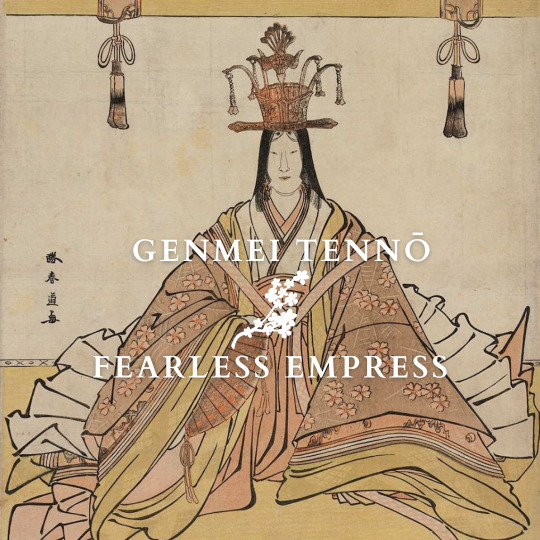
Genmei (661-721) was Japan's fourth empress regnant. She was Empress Jitō's half-sister and her match in terms of ambition and political skills. Her rule was characterized by a development of culture and innovations.
Ruling after her son
Like Jitō (645-703), Genmei was the daughter of Emperor Tenji but was born from a different mother. Jitō was both her half-sister and mother-in-law since Genmei had married the empress’ son, Prince Kusakabe (662-689). She had a son with him, Emperor Monmu (683-707).
Kusakabe died early and never reigned, which led to Jitō's enthronement. The empress was then succeeded by her grandson Monmu. The latter’s reign was short. In his last will, he called for his mother to succeed him in accordance with the “immutable law” of her father Tenji. Genmei accepted.
Steadfast and ambitious
Genmei was made from the same mold as her half-sister. She proved to be a fearless sovereign, undeterred by military crises.
She pursued Jitō's policies, strengthening the central administration and keeping the power in imperial hands. Among her decisions were the proscription of runaway peasants and the restriction of private ownership of mountain and field properties by the nobility and Buddhist temples.
Another of her achievements was transferring the capital at Heijō-kyō (Nara) in 710, turning it into an unprecedented cultural and political center. Her rule saw many innovations. Among them were the first attempt to replace the barter system with the Wadō copper coins, new techniques for making brocade twills and dyeing and the settlement of experimental dairy farmers.
A protector of culture
Genmei sponsored many cultural projects. The first was the Kojiki, written in 712 it told Japan’s history from mythological origins to the current rulers. In its preface, the editor Ō no Yasumaro praised the empress:
“Her Imperial Majesty…illumines the univers…Ruling in the Purple Pavillion, her virtue extends to the limit of the horses’ hoof-prints…It must be saif that her fame is greater than that of Emperor Yü and her virtue surpasses that of Emperor Tang (legendary emperors of China)”.
In 713, she ordered the local governments to collect local legends and oral traditions as well as information about the soil, weather, products and geological and zoological features. Those local gazetteers (Fudoki) were an invaluable source of Japan’s ancient tradition.
Several of Genmei’s poems are included in the Man'yōshū anthology, including a reply by one of the court ladies.
Listen to the sounds of the warriors' elbow-guards;
Our captain must be ranging the shields to drill the troops.
– Genmei Tennō
Reply:
Be not concerned, O my Sovereign;
Am I not here,
I, whom the ancestral gods endowed with life,
Next of kin to yourself
– Minabe-hime
From mother to daughter
Genmei abdicated in 715 and passed the throne to her daughter, empress Genshō (680-748) instead of her sickly grandson prince Obito. This was an unprecedented situation, making the Nara period the pinnacle of female monarchy in Japan.
Genmei would oversee state affairs until she died in 721. Before her death, she shaved her head and became a nun, becoming the first Japanese monarch to take Buddhist vows and establishing a long tradition.
Feel free to check out my Ko-Fi if you like what I do! Your support would be greatly appreciated.
Further reading
Shillony Ben-Ami, Enigma of the Emperors Sacred Subservience in Japanese History
Tsurumi Patricia E., “Japan’s early female emperors”
Aoki Michiko Y., "Jitō Tennō, the female sovereign",in: Mulhern Chieko Irie (ed.), Heroic with grace legendary women of Japan
#history#women in history#women's history#japan#japanese history#empress genmei#japanese empresses#historical figures#historyedit#herstory#nara#japanese art#japanese prints
207 notes
·
View notes
Text
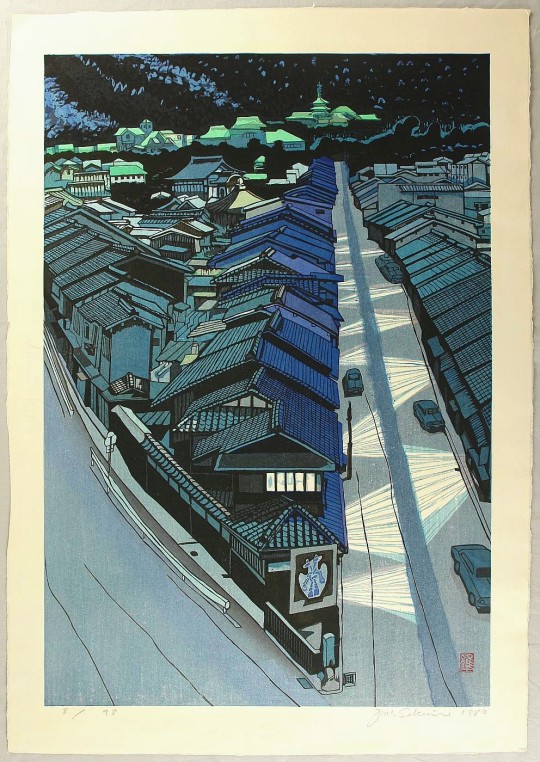
"Night in Kyoto" by Sekino Jun'ichirō (関野凖一郎), 1980
#japanese art#japanese print#関野凖一郎#sekino junichiro#japanese prints#arte japonés#impresiones japonesas
445 notes
·
View notes
Text

The Fukujuso Plant from Ehagaki sekai / artist unknown (19090
172 notes
·
View notes
Text

Koichi Sakamoto, Houses with Red Sky
25 notes
·
View notes
Text
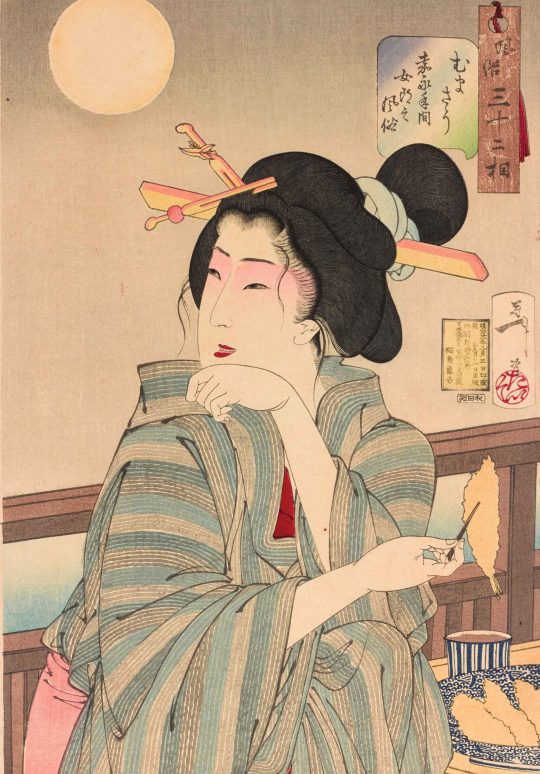
THE TASTY PRINTS & LOVELY LADIES OF THE KAIE PERIOD -- TEMPURA WITH HER TEA.
PIC INFO: "Looks delicious," Appearance of a Courtesan in the Kaei Period, from the series "Thirty-Two Aspects of Women" (1888) by Tsukioka Yoshitoshi. Photo: Nakau Collection.
Source: https://asianartnewspaper.com/life-in-edo-prints/#prettyPhoto[group-135]/2.
#Japanese Courtesan#Japanese Art Prints#1888#Japanese#Japanese Prints#Japanese Cuisine#Nakau Collection#Hair and Makeup#Kimono#Kaei Period#Thirty-Two Aspects of Women#Tempura#1880s#Yoshitoshi Tsukioki#Courtesan#Japanese Courtesan Makeup#Japanese Food#Makeup#Japanese Art Print#Japanese fashion#Art Prints#Kaei Period Japan#Japanese Style#Japanese Culture#East Asia#East Asian Art#Art History#Japanese Art#Tsukioki Yoshitoshi#Japan
29 notes
·
View notes
Text
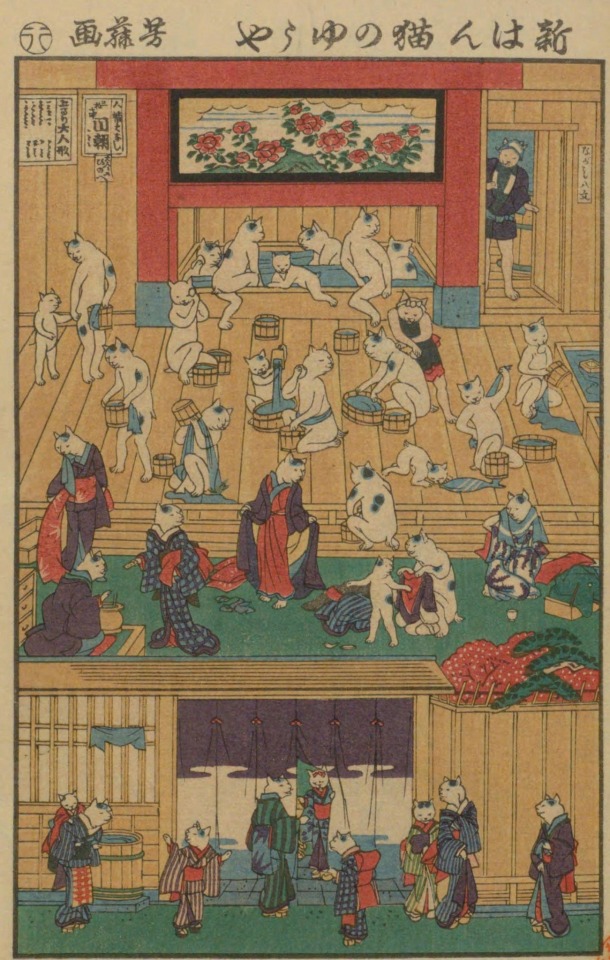
Attribution: Utagawa Yoshifuji 歌川芳藤, real name Nishimura Tōtarō 西村藤太郎 (Japan, 1828-1887). Woodblock print, omocha-e 玩具絵, (toy print, meant for children). This one has admirable cats. Thanks to @paulalupkin for the tip.
#omocha-e#woodblock print#ukiyoe#omochae#toy print#National diet library#japanese prints#cat#gato#illustration#katze#chat#kat#neko#feline#cats in art#animals in art#anthropomorphic animals#yoshifuji#utagawa yoshifuji#芳藤
24 notes
·
View notes
Text

Kazuki Umezawa — Wall of Glorious [inkjet print, acrylic and glitter paste, on wood panel, 2015]
1K notes
·
View notes
Text
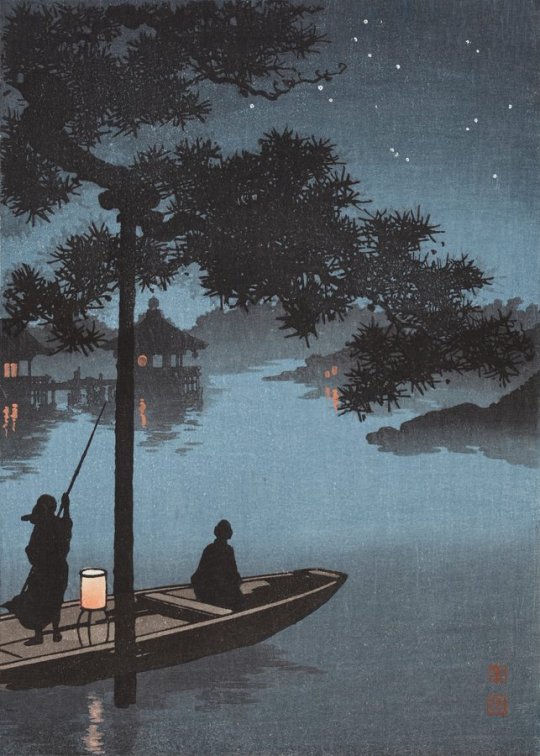
Stars over Biwa Lake, by Shoda Koho, 1930
351 notes
·
View notes
Text

12 notes
·
View notes
Text

Kawase Hasui
Pine Beach at Miho
1931
#kawase hasui#hasui#woodblock print#art print#japanese prints#japanese print#japanese woodblock#japanese art#japanese artist#Asian art#1930s#print maker#beach#pine beach at miho#miho#seascape#sea view#ocean view
4K notes
·
View notes
Text




Hiroshige Utagawa and Takashi Murakami at the Brooklyn Museum
29 notes
·
View notes